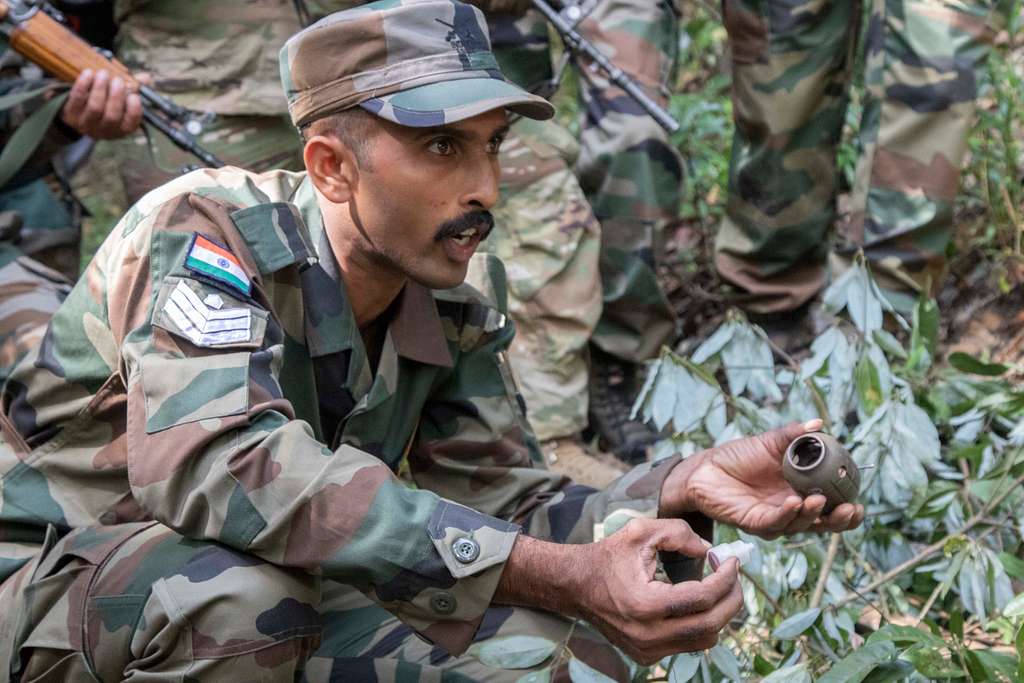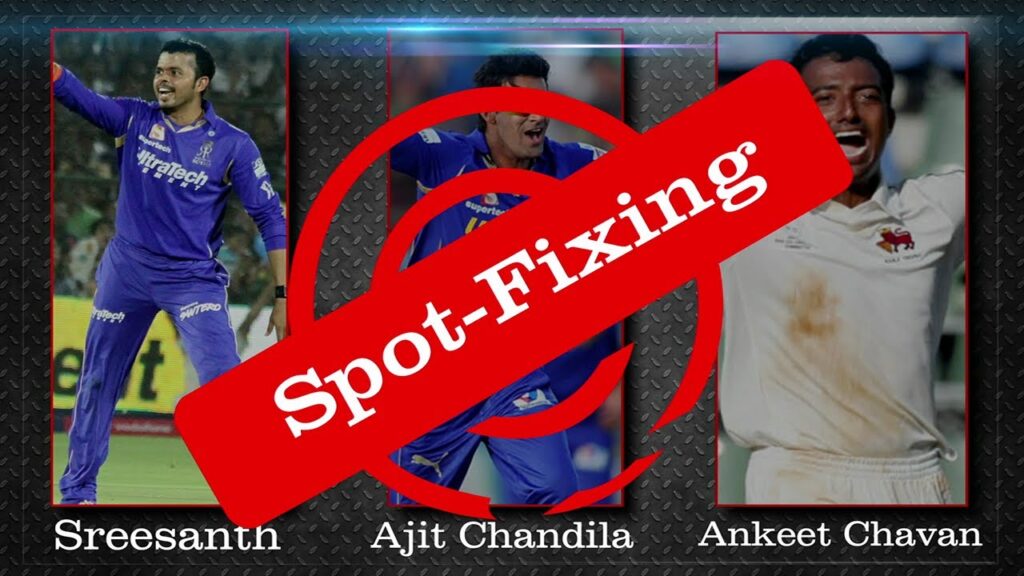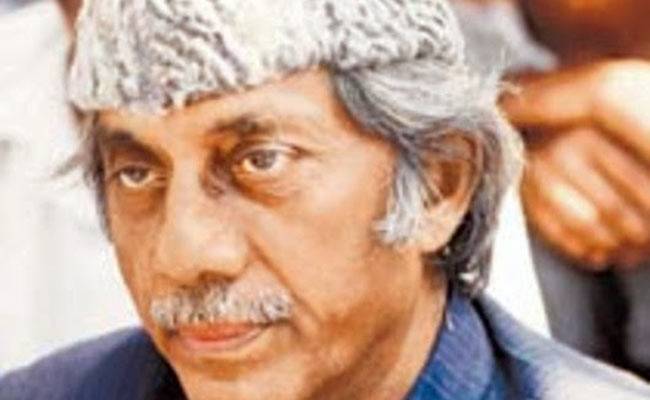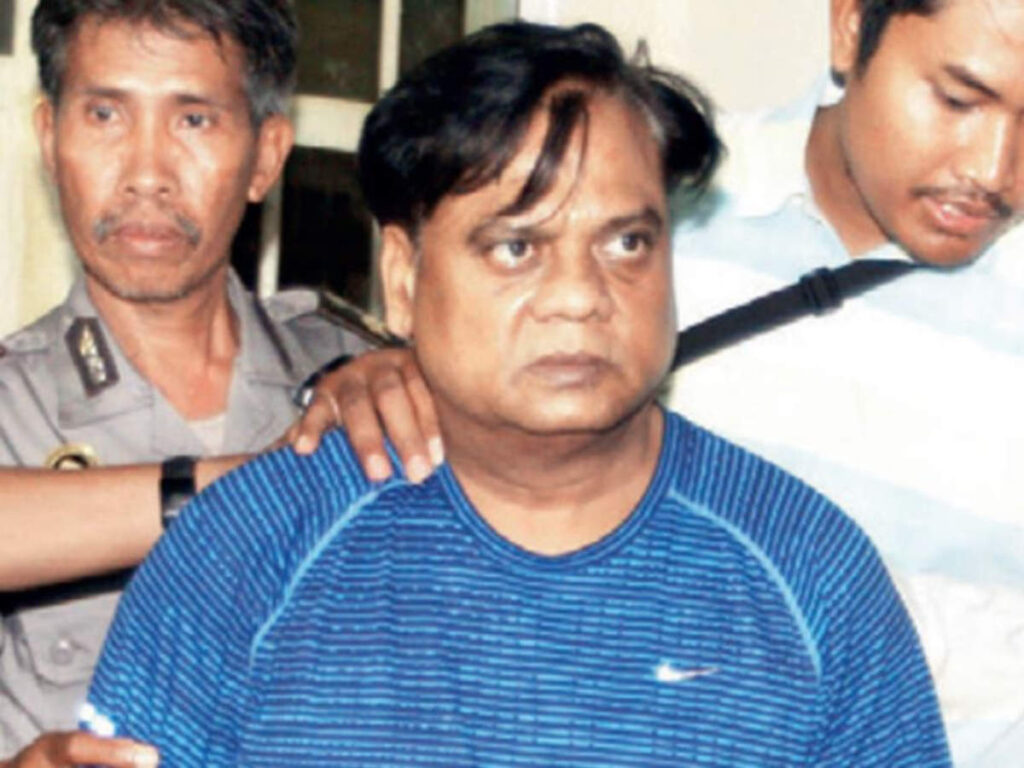Introduction
The term “surgical strike” refers to a swift and precise military attack designed to achieve a specific objective while minimizing collateral damage. One of the most significant surgical strikes in recent Indian history is the Uri Surgical Strike, conducted by the Indian Army on September 29, 2016. This operation was a direct response to the Uri attack on September 18, 2016, where four heavily armed terrorists struck the Indian Army brigade headquarters in Uri, near the Line of Control (LoC) in Jammu and Kashmir, resulting in the death of 19 Indian soldiers.
This essay aims to provide an in-depth analysis of the Uri Surgical Strike, including its background, execution, and aftermath. It will also discuss the broader implications for India-Pakistan relations and the strategic landscape of South Asia.
Background
The Uri Attack
The Uri attack was one of the deadliest attacks on the Indian Army in recent years. On the morning of September 18, 2016, four militants infiltrated the Army base in Uri, launching grenades and opening fire. The attack lasted several hours, resulting in significant casualties and damage to the base. The attackers were subsequently neutralized by Indian forces.
The immediate aftermath of the attack saw widespread outrage and calls for a strong response. The Indian government, led by Prime Minister Narendra Modi, vowed to take decisive action. This sentiment was echoed by the Indian public, who demanded justice for the fallen soldiers.
Strategic Context
The attack on Uri was not an isolated incident but part of a broader pattern of cross-border terrorism and skirmishes along the LoC. India and Pakistan have a long history of conflict, dating back to their partition in 1947. The Kashmir region, claimed by both countries, has been a particularly contentious issue, leading to multiple wars and continuous low-intensity conflict.
India has long accused Pakistan of supporting and abetting terrorist groups that carry out attacks on Indian soil. Pakistan, on the other hand, denies these allegations and points to India’s actions in Kashmir as a justification for unrest. The Uri attack, therefore, was seen in India as yet another instance of Pakistan’s proxy war tactics.
Planning and Execution of the Surgical Strike
Intelligence Gathering
In the wake of the Uri attack, the Indian Army, along with intelligence agencies, began gathering information on terrorist launch pads and training camps across the LoC in Pakistan-occupied Kashmir (PoK). This intelligence was crucial for identifying targets and planning the operation. The intelligence apparatus utilized a combination of human intelligence (HUMINT), signals intelligence (SIGINT), and satellite imagery to pinpoint the locations of terrorist camps.
Strategic Decision-Making
The decision to conduct a surgical strike was made at the highest levels of the Indian government. Prime Minister Modi, in consultation with the National Security Advisor Ajit Doval, Defence Minister Manohar Parrikar, and senior military officials, approved the operation. The objective was to send a clear message to Pakistan and deter future terrorist attacks.
Training and Preparation
Once the decision was made, the Indian Army’s Special Forces, including units from the Parachute Regiment and the Para (Special Forces), were tasked with executing the operation. These elite units underwent rigorous training and rehearsals to ensure the success of the mission. The training included simulated attacks, map reading, and navigation exercises to familiarize the soldiers with the terrain.
Execution
On the night of September 28-29, 2016, the Indian Special Forces launched the surgical strike across the LoC. The operation was meticulously planned and executed with precision. The commandos crossed the LoC under the cover of darkness, moving silently through difficult terrain to reach their targets.
The teams struck multiple terrorist launch pads located in PoK, engaging the militants in close combat. The operation lasted several hours, during which the commandos destroyed the camps and neutralized a significant number of terrorists. According to the Indian Army, the strike resulted in substantial casualties among the militants, while Indian forces incurred no casualties.
The troops returned to their base before dawn, successfully completing the mission. The operation was monitored in real-time by senior military and government officials from a command center in India.
Aftermath and Reactions
Domestic Response
The Uri Surgical Strike was met with widespread acclaim and support within India. The government received praise for its decisive action, and the Indian Army was lauded for its bravery and professionalism. The strike boosted the morale of the armed forces and the general public, reinforcing the belief that India could effectively counter terrorism.
International Reaction
Internationally, the reaction was mixed. While many countries expressed support for India’s right to self-defense, there was also concern about the potential escalation of tensions between India and Pakistan. The United States, in particular, called for restraint and dialogue between the two nuclear-armed neighbors.
Pakistan’s Response
Pakistan initially denied that any surgical strike had taken place, dismissing India’s claims as “fictitious” and “fabricated.” The Pakistani military and government maintained that what India described as a surgical strike was merely cross-border firing. However, this denial was met with skepticism, given the detailed nature of India’s account and the subsequent intelligence reports corroborating the strike.
Strategic Implications
The Uri Surgical Strike had significant strategic implications for the region. It marked a shift in India’s approach to cross-border terrorism, signaling a willingness to undertake proactive and pre-emptive measures. This change in doctrine aimed to deter future attacks by raising the cost for Pakistan and the terrorist groups it allegedly supports.
Analysis
Tactical Success
From a tactical perspective, the Uri Surgical Strike was a success. The Indian Special Forces achieved their objectives with precision and without suffering any casualties. The destruction of terrorist launch pads dealt a blow to the militants’ infrastructure and disrupted their operations.
Psychological Impact
The psychological impact of the surgical strike was profound. It demonstrated India’s capability and resolve to respond to terrorism in a decisive manner. This not only boosted the morale of the Indian armed forces but also sent a clear message to Pakistan and the international community about India’s stance on cross-border terrorism.
Strategic Calculus
Strategically, the surgical strike altered the calculus of conflict in the region. By opting for a surgical strike, India established a precedent for retaliatory actions against terrorist activities emanating from Pakistani territory. This introduced a new element of unpredictability, potentially deterring future attacks by raising the stakes for Pakistan.
Diplomatic Maneuvering
On the diplomatic front, India used the Uri attack and subsequent surgical strike to garner international support against terrorism. The Indian government launched a diplomatic offensive to isolate Pakistan, highlighting its role in fostering terrorism. This effort found resonance in many parts of the world, leading to increased pressure on Pakistan to curb terrorist activities within its borders.
Criticisms and Challenges
Escalation Risks
One of the primary criticisms of the surgical strike was the risk of escalation. Given the volatile nature of India-Pakistan relations, there was concern that such actions could lead to a broader conflict, potentially even a nuclear confrontation. While the immediate aftermath of the strike did not lead to escalation, the long-term risks remain a point of concern.
Verification and Credibility
The credibility of India’s claims regarding the surgical strike was questioned by some international observers and media outlets. The lack of independent verification and the divergent narratives from India and Pakistan made it challenging to ascertain the full details of the operation. This highlights the need for transparent and verifiable information in such situations.
Long-term Effectiveness
The long-term effectiveness of surgical strikes as a counter-terrorism strategy is debatable. While the Uri Surgical Strike had immediate tactical and psychological impacts, it remains unclear whether such actions can sustainably deter terrorism. The underlying issues of militancy and cross-border support for terrorism require comprehensive and sustained efforts beyond military action.
Conclusion
The Uri Surgical Strike was a significant event in the context of India-Pakistan relations and the broader fight against terrorism. It demonstrated India’s resolve to respond to terrorist provocations with precision and decisiveness. The operation achieved its immediate objectives, delivering a strong message to both Pakistan and the international community.
However, the long-term implications of the surgical strike are complex. While it may have deterred immediate threats, the underlying dynamics of terrorism and regional conflict require ongoing vigilance and multifaceted strategies. The Uri Surgical Strike, therefore, stands as both a milestone and a reminder of the persistent challenges in ensuring security and stability in South Asia.
In conclusion, the Uri Surgical Strike exemplifies the use of military power to achieve strategic objectives, while also highlighting the limitations and risks associated with such actions. As India continues to navigate its security challenges, the lessons from the Uri Surgical Strike will inform its approach to counter-terrorism and regional stability.






